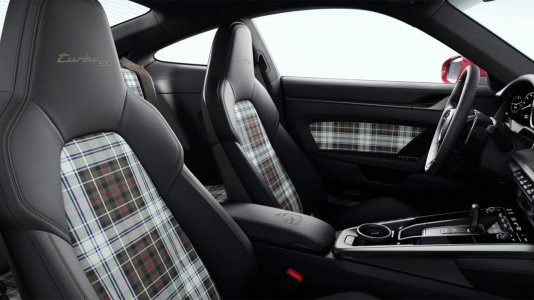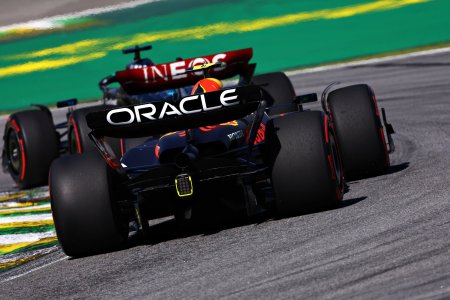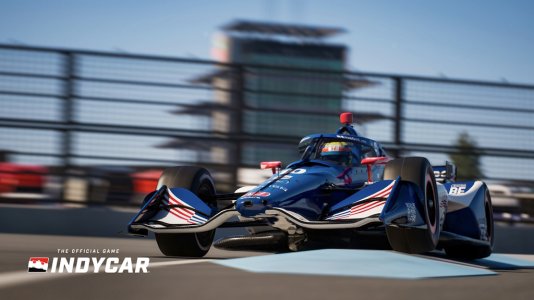Oh, aircraft designers do come up with radical things, especially in gliders and fighters, but you're conflating a few issues here.
The only more or less radical designs I can recall are those by Burt Rutan. Still pretty reserved compared to these new F1 wings, if you ask me.
F1 cars don't just have aerodynamics built around downforce: They have aerodynamics that are based on the fact that the formula 1 car travels on land. The front wing of an F1 car has been specifically designed to work in running very close to the asphalt, whilst the rear wing is specifically designed for maximum airforce in an airflow that flows around the car and is shaped by the body of the car, by the front wing, and the fact that again it runs close to asphalt. The wind effectively bounces upon the ground, which is incidently why airplanes and helicopters have a noticable bit of extra lift whilst landing.
There's another kind of devices that run close to ground. Ever heard of WIG aircraft? Their wings are still pretty much conventional.
I think the front wings on these modern F1 cars are mostly shaped like that to improve airflow over the front wheels, not because they run close to the ground. After all, the undertray runs closer to it.
By the way, no need to tell me about ground effect. I had experienced my fair share of it in planes and helicopters of DCSW alike

You don't see reverse F1 wings on fighter aircraft (the F1 of the skies) for that reason:
That's not "F1 of the skies". They are meant for a more serious use

The planes have to deal with 1M+ speeds, therefore the wings need to at least be swept.
Airplane wings are designed for maximum manouvrability or lift or speed or combination thereof in the air without any sort of ground effects.
Again, there are the WIG ones that hardly look any different.
Since an aircraft has no wheels and no front steering axle they also need to be used to turn the aircraft which means that they need to be designed around the concept of having ailerons: Bits of the wing that move so that the aircraft can turn, and wings on airplanes need to be designed with those steering things in mind whilst F1 cars don't have them.
"Bits of the wing that move"... Ahem... I could tell you about how the swashplates work, so no need to talk to me like to some 5 years old

As for ailerons, with compact enough wings you could make them turn wholly. Just like some elevons or rudders on fighter jets are made.
And I think you're unappreciative of the awesome things aeroplane designers have come up with: Designs like the Su-47 or the Eurofighter Typhoon are far more manouvrable then their counterparts of 30 years ago, and modern glider planes are so effecient they need to retract parts of their wings to get back on the ground.
There's no Su-47

And the 35s are maneuverable enough already. Mostly thanks to the TVC involved. The lifting body design of the Flankers is pretty interesting indeed, but again, I was talking about piston-engined GA planes. And as far as I can remember, there was no CFD involved in the designing of those lifting bodies.
Looking at these new cars, I wonder if the modern CFD software is capable of solving the aerodynamic problems mostly on its own, and instead of simulating the airflow over a known shape, maybe it could come up with aerodynamic shapes of its own, specific to the task at hand.













